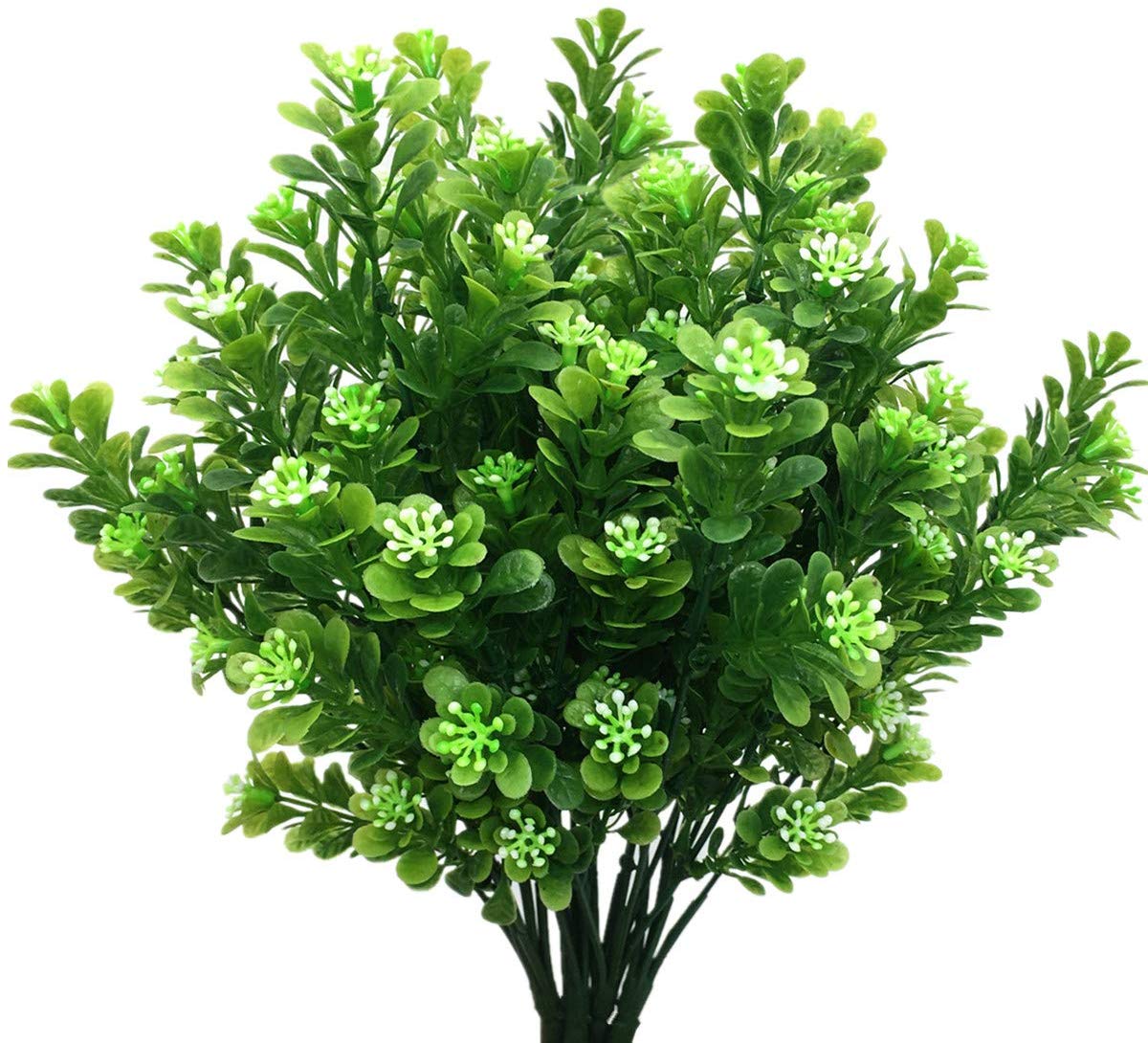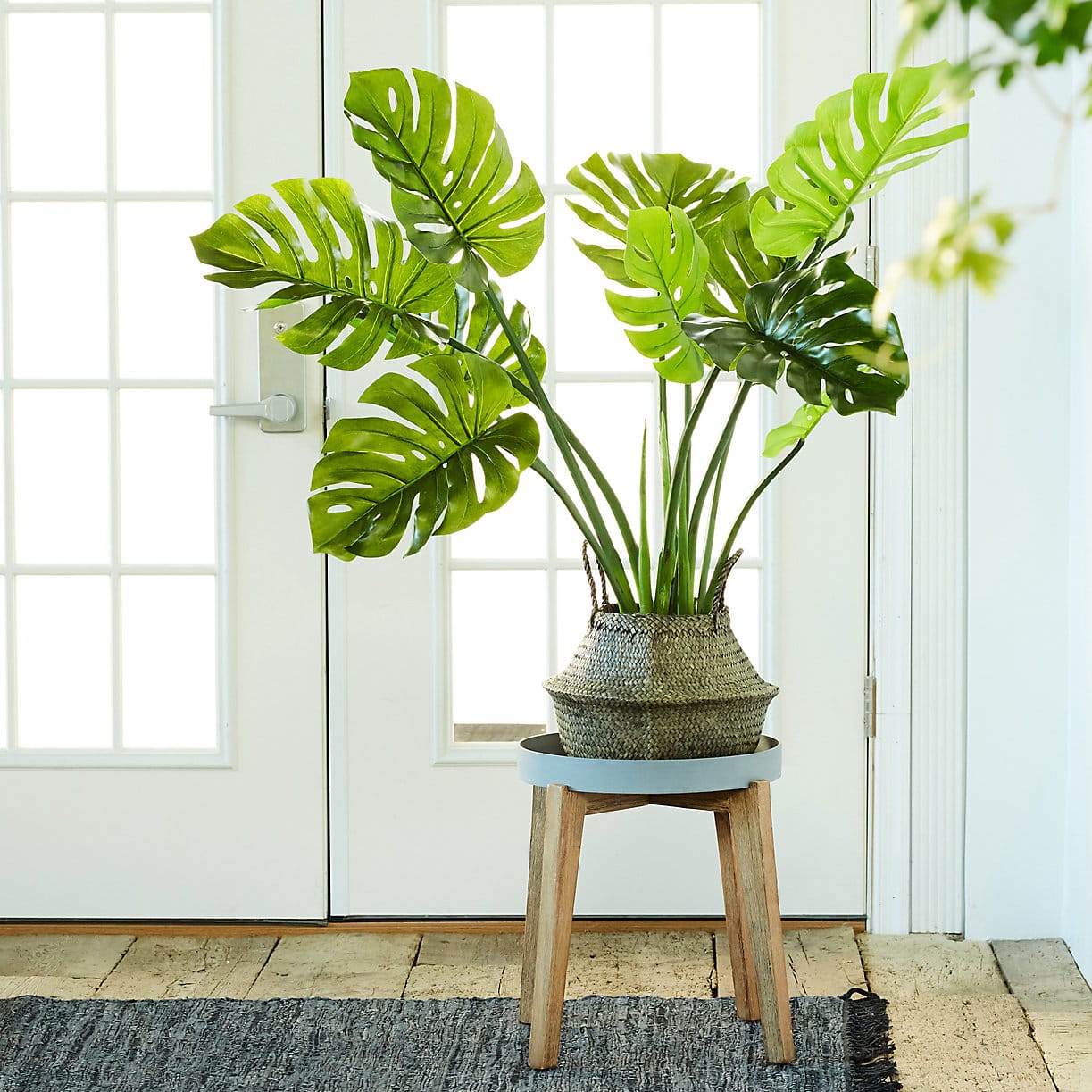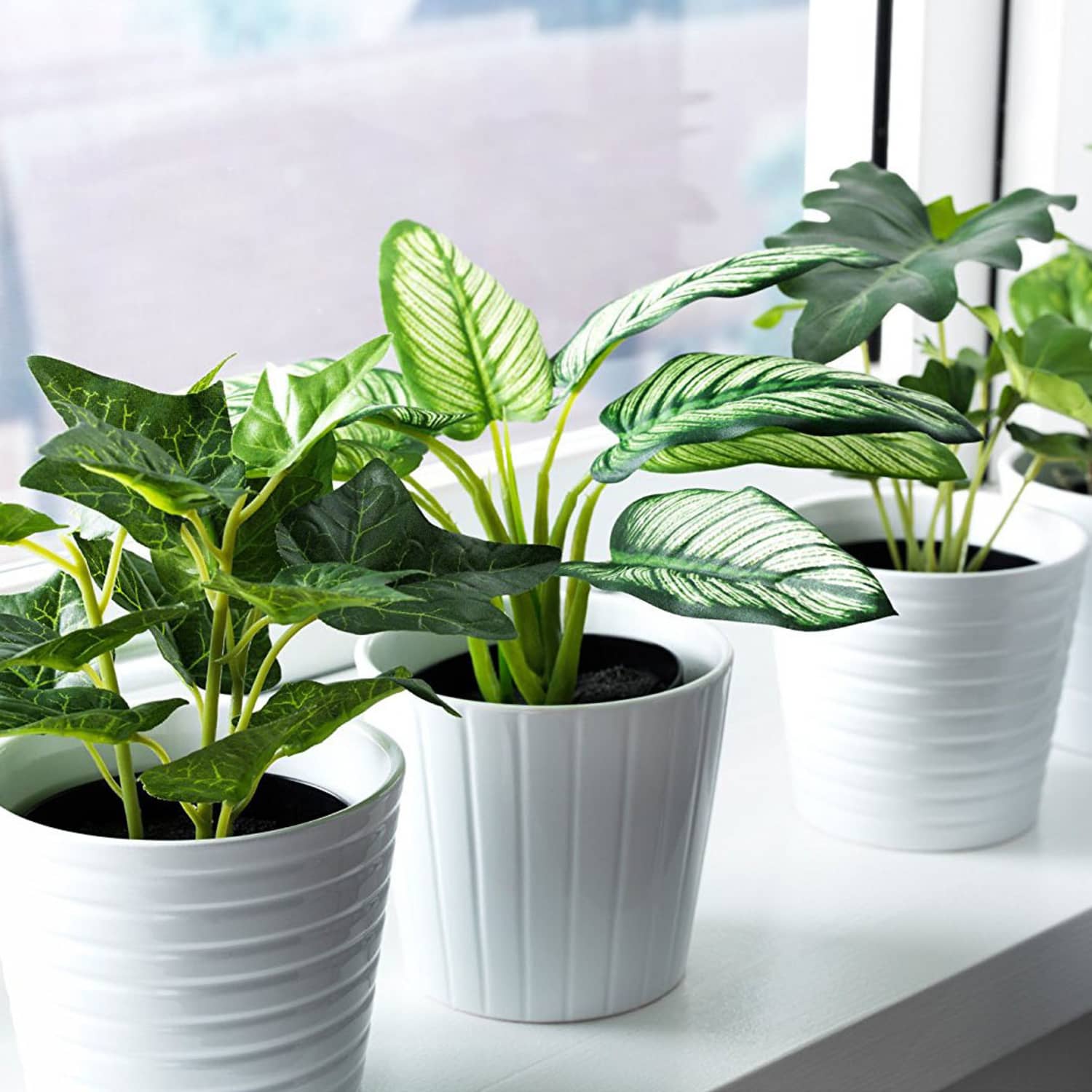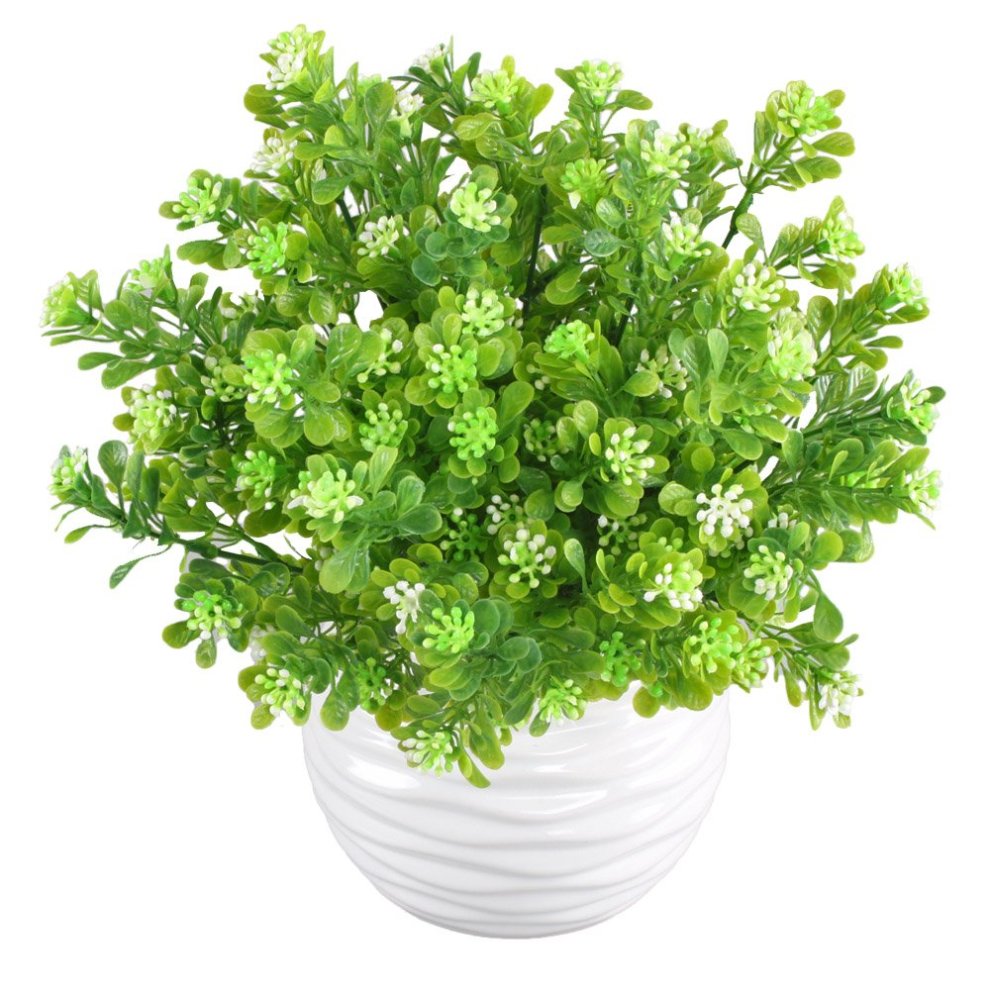
Best Information About Plastic Plants | Common Factor
Plastic Plants: The Least Common Factor
When Benjamin Franklin said, “The least common thing is common sense,” he must have been referring to his aquarium landscape plastic plants.

As bio-wheel filtration has prevailed and conventional wisdom has leaned toward a lesser and lesser substrate (bottom gravel) the manufacturers of plastic aquarium plants continue to produce plants that are not well adapted to current trends.
As home aquarium-keeping is currently so vast and growing one can only wonder at the thinking of those suppliers. To their credit, the best producers of plastic plants are achieving some very realistic approximations, but that is not the main problem.
In defense of the use of plastic plants I can only say this: After extensive research and a lot of eco-system problems in my own tanks – attempting in vain to maintain the most perfectly balanced aquarium environments I could, I have decided that live plants were not the best solution. First, let me say that if you have a thriving tank full of live aquatic botanicals, congratulations to you.
I found that the plants caused increased acid and ammonia. Plant fertilizers, no matter what I seemed to use, added yet another layer of complexity. The plants have their own decay, but the bits the fish pulled off didn’t help. Keeping the intake baskets free of loose plant debris was another issue.

After noting none of the local tropical fish retailers in my area used live plants in their tanks, I headed for the Internet to see how the extremely meticulously controlled laboratory aquarists dealt with the issue. To my surprise, I eventually discovered a bulletin board (Internet discussion board) where the forum was exactly the issue of live plants in the aquarium.
It seems that around the world were professionally maintained research lab aquarists study aspects of freshwater tropical fish, live plants are almost universally considered a hindrance to maintaining a quality controlled aquarium environment.
My experience with fish is that they enjoy the plants. I also noticed that they are not overly particular about plastic plants versus real plants. Given a tank with no plants versus plastic only, I decided on plastic.
Problem is that I use a very thin substrate (and no under-gravel filter). So how does one “root” plastic plants with only ¼” to 3/8″ of gravel – and still make them appear natural?

Plastic plants are typically purchased with some kind of plastic “anchor” at the base. This anchor is supposedly covered by the tank’s substrate. When you have 2″ or 3″ of substrate this may not be an issue.
But then you may have a more serious time trying to keep that much gravel clean and detoxified. The idea of a thinner gravel layer is that the tank’s filters, bottom feeders, and bacteria work better when the substrate is not as deep.
You have a few options. With a thin substrate, you can heap up a pile of the substrate to bury the overly large plastic base that is intended by the manufacturers to help anchor the plastic plant. That looks very unnatural, to say the least, and can be a source of tank putrification as toxins build up in the gravel pile.
You could just position an ornamental rock (or another suitable item) in front of the base to cover it up, but then you still need to figure out how to keep the plastic plant fixed at the bottom. That’s when I came up with my solution.

When all else fails, make up a solution! I decided that if the large plastic anchors were the problem, they had to go. I tried my idea and it works very well.
Simply remove the large old plastic bases and replace them using suction cups – the kind typically used for air-tubing holders (see below).
But what do you do with the plastic plants that had “stems” too awkward to easily get away with a suction cup, like this one?
Simple. I got out the trusty hot glue gun and grabbed some spare aquarium gravel and went to work. In short order, I had a solution. When it works out right it looks something like this:
Care needs to be taken with the hot glue gun as the plastic used for plastic plants has a fairly low melting point. Damage to the plastic plant can easily result if not careful. Consider working in a well-ventilated area and/or use a fan. Another thing to consider is that you use a glue stick that is “non-toxic” for the sake of your fish.

So how does the finished plant look?
You will find it easiest when placing the newly converted plastic plants in your tank if you first clear a small space in the gravel for the suction cup and place it prior to attaching the plastic plant. It will be easier to move the suction cup if you want to, and it will make it easier to keep from knocking off the freshly glued gravel from the plant.
If you do happen to knock some gravel off simply remove and dry the plastic plant. When dry grab your glue gun and have another go. A little patience works wonders.
So how does a tank look when the plastic plants have all been converted and are put in place?
Note the shallow gravel substrate along the front edge of the tank
.
